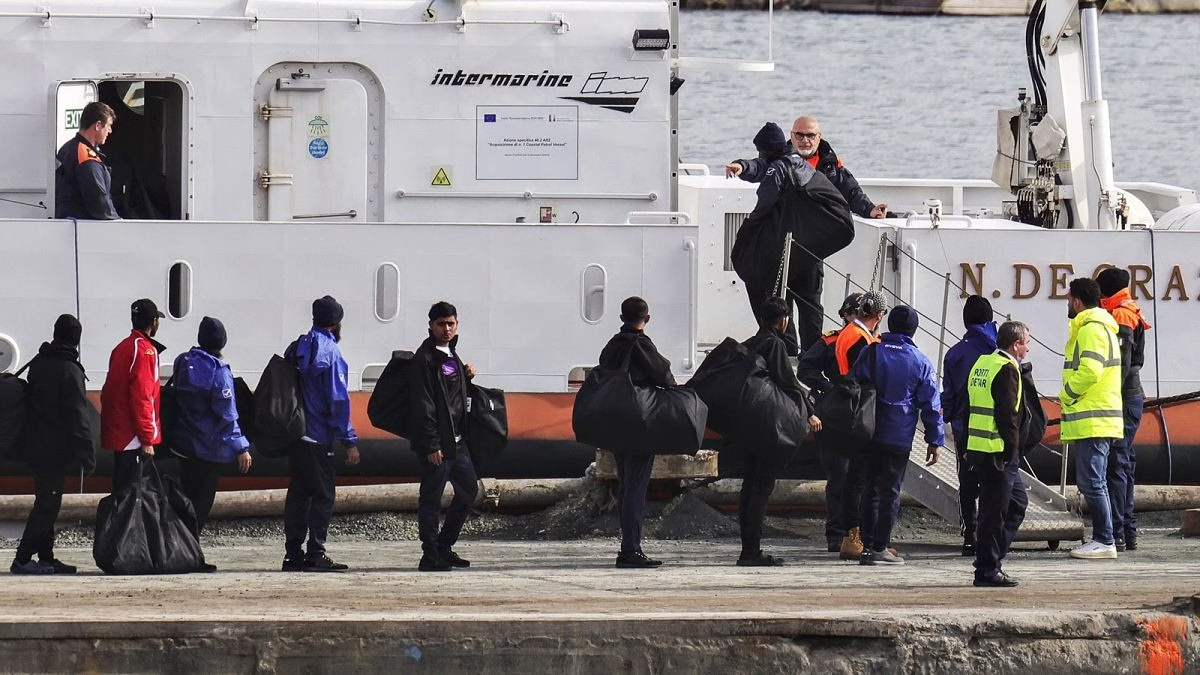Almost half of the asylum applications submitted across the European Union in 2024 originated from individuals with low prospects of a favorable decision, as per the annual report by the European Union Agency for Asylum (EUAA) released on Monday.
The report reveals that despite an 11% decrease, there were still over 1 million requests for international protection, with a total of 1,014,420 applications submitted last year, showcasing a lesser number compared to the 2023 figure of 1,143,437.
The data indicates that a significant portion (48%) of these applications were lodged by individuals from countries with historically low chances of approval, signaling an elevated likelihood that these cases will be rejected by national authorities. This scenario is likely to exacerbate the ongoing concerns of EU member states about the need to expedite the removal of rejected applicants, particularly those deemed as economic migrants.
The European Commission has controversially proposed the establishment of “return hubs” or camps beyond EU borders to manage those with refused asylum claims and aims to unveil a revised Return Directive soon.
Country-wise, Syrians, Afghans, Venezuelans, Turks, and Colombians were among the largest groups of applicants in 2024, according to EUAA. While applications from Syrians, Afghans, Turks, and Colombians decreased, those from Venezuelans reached an all-time high of 73,187 since at least 2014, mostly from Spain.
Germany topped the list for the number of asylum applications in 2024 with more than 237,000 requests despite a 29% decline from the previous year. Other prominent destination countries included Spain, Italy, France, Greece, Belgium, and the Netherlands. However, Cyprus had the highest number of asylum claims per capita.
Hungary received a minimal number of asylum applications, reflecting its stringent restrictions on the right to asylum, which the European Court of Justice ruled as a serious breach of EU law. As a result, Hungary is subject to a substantial fine from the ECJ.
The recognition rate for asylum seekers remained relatively stable at 42%, varying widely depending on the country evaluating the claims. Countries such as Syria, Mali, Eritrea, Ukraine, Afghanistan, and Somalia had the highest recognition rates. In contrast, countries like Turkey, Nigeria, Pakistan, Colombia, Tunisia, Morocco, Bangladesh, Georgia, Peru, Egypt, and Venezuela recorded significantly lower rates.
At the year’s end, there were 981,000 pending cases, equaling the high figures witnessed during the 2016 migration crisis. Despite EU efforts to lower the number of low-recognition-rate applicants, a significant proportion of the 2024 applications were from individuals who entered the EU through legal means.
Source: https://www.euronews.com/my-europe/2025/03/03/eu-asylum-requests-down-by-11-in-2024-but-still-exceed-one-million





